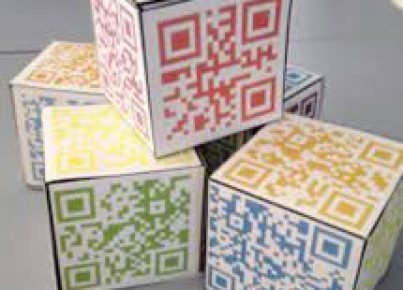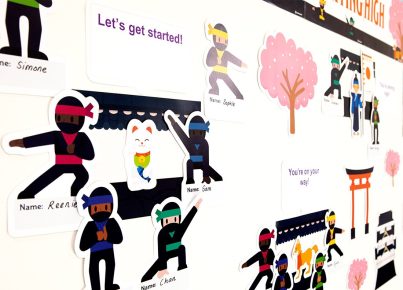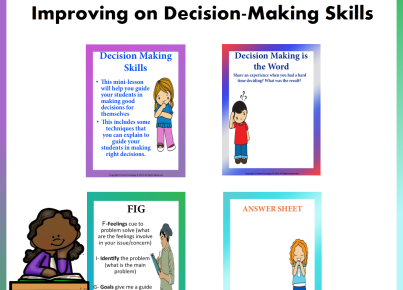Intro:
The digital revolution has swept across almost every industry, and the field of education is no exception. One of the growing trends in recent years is embracing paperless classrooms. This article will discuss the concept of a paperless classroom project and guide readers on how to plan for going paperless.
What is a Paperless Classroom?
A paperless classroom eliminates the use of physical paper as much as possible by adopting digital tools and resources for teaching, learning, administration, assessment, collaboration, and communication processes. This approach seeks to save natural resources, reduce clutter and waste, increase efficiency in workflow processes, and cater to an increasingly tech-savvy generation.
Why go paperless?
1. Environmental Responsibility: Reducing the consumption of paper directly saves trees and contributes to a healthier planet.
2. Cost Savings: Minimizing reliance on paper leads to reduced costs associated with purchasing stationery and disposing of waste.
3. Enhanced Collaboration: Digital tools offer better connectivity and collaboration opportunities between students, teachers, and even parents.
4. Improved Accessibility: Digitizing resources allows easy access from anywhere with a device and internet connection.
5. Prepares students for future careers: Mastery over digital tools would aid students in many professional domains.
Planning to Go Paperless:
Implementing a paperless classroom project requires in-depth planning and careful execution with continued support from all stakeholders.
1. Identify Goals and Objectives:
Determine specific targets you want to achieve through this initiative – examples could be reducing 50% of physical paperwork or completely digitizing homework assignments.
2. Secure Necessary Funding & Buy-in:
Convolute Budgetary allocations for hardware (e.g., devices), software (e.g., licenses), training sessions, storage solutions, etc., alongside informed consent from all participating stakeholders – administrators, teachers, parents.
3. Choose Appropriate Digital Tools:
Identify tools and platforms that are user-friendly, serve specific classroom needs, comply with data protection rules, and work seamlessly within the available infrastructure.
4. Training and Support:
Involve professional development sessions, workshops, or coaching for teachers and staff to prepare them in adopting the new tools confidently.
5. Gradual Implementation:
Introduce the paperless initiative in phases to smoothen transition and identify any necessary adaptations.
6. Monitor and Review:
Regularly revamp progress and received feedback—utilize feedback to optimize tools, resources, and processes for continuous improvement.
Conclusion:
Embracing a paperless classroom project is not only an environmentally responsible decision but also a cost-effective one. Most importantly, it prepares students for their future careers in an increasingly digitized world. With deliberate planning, stakeholder involvement, and continued support, this project opens doors to enhanced collaboration opportunities while providing accessible resources to learners across the globe.





